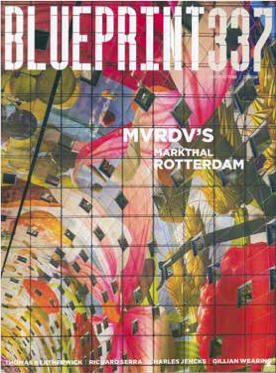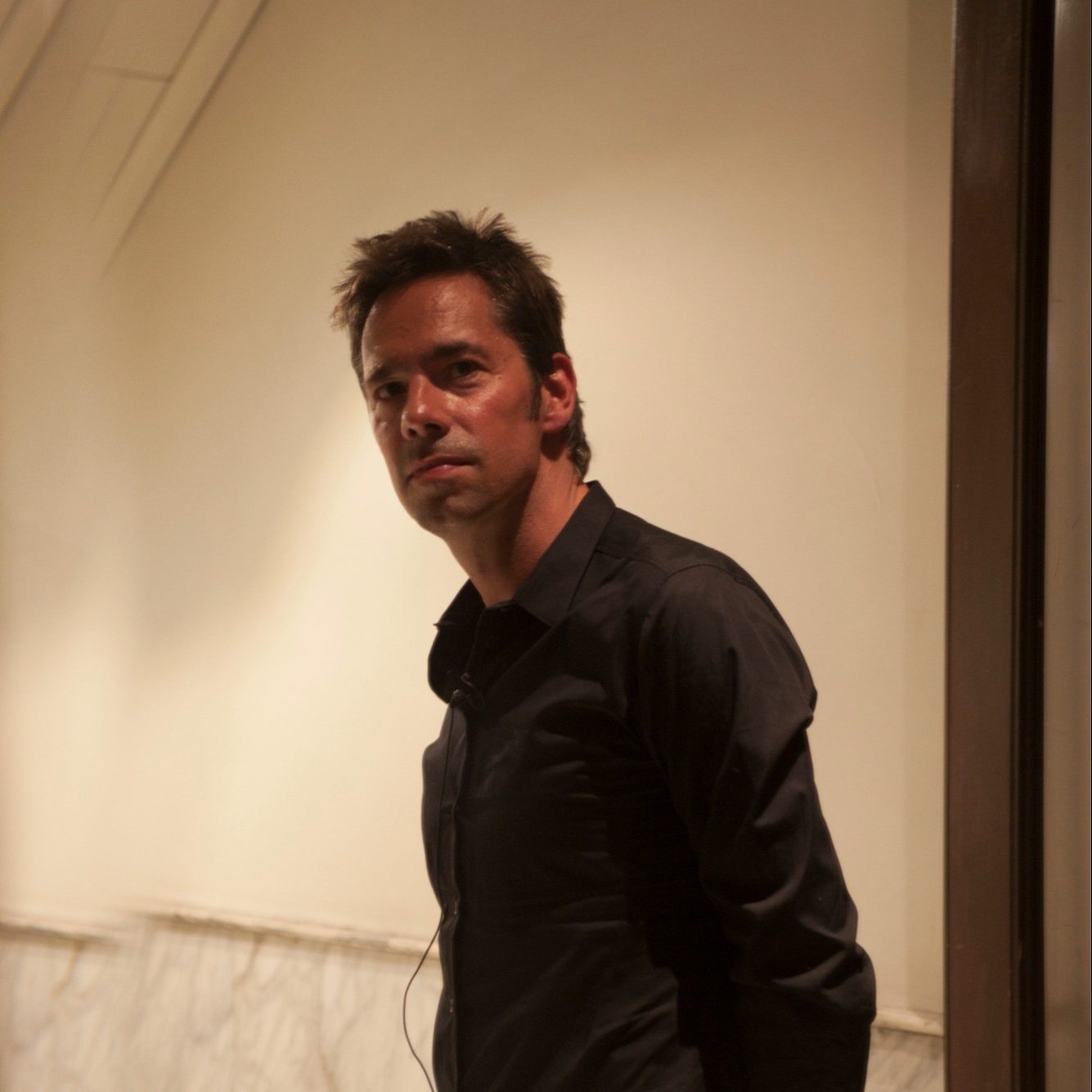
BELGRADE DESIGN WEEK 2014 – PRESS OVERVIEW – BLUEPRINT MAGAZINE
The Serbian Ministry of Culture threw Belgrade Design Week (BDW) out of its agreed venue a week before the 10th edition was due to open. Just as in previous years, founder and host Jovan Jelovac had lined up international speakers and exhibitors, organised crew and workshops, and more. Suddenly, he was walking the streets looking for somewhere to put them. The venue he found, the pre-war Staklopan glass factory in the grid of the lively bohemian-tinged Dorćol district, turned out to have an edgy magic that characterises the Serbian capital itself — decaying but defiantly alive. ‘There were dead rats in the building, no electricity or running water, broken walls and windows,’ says Jelovac.
The place was completely cleared, repurposed and everything installed with just minutes to spare before the Serbian president Tomislav Nikolić appeared to open BDW. Two hours later he declared that ‘design is the future of Serbia’. After years of shouting at a deaf Serbian media and government, BDW got its design message to the very top.
Internationally, however, BDW’s reputation has long been strong. It is known for its conference programme of top-flight architects, product designers, advertising gurus et cetera, as well as its frenetic roundabout of networking and serious hospitality in hip settings. It has a strong local dimension (this year, 100% Future Serbia put 100 designers in 100 Belgrade shop windows). Throw in the ubiquitous, irrepressibly engaging host Jelovac, and you have the BDW formula, already established when Blueprint visited in 2012.
This year it was triumphantly back again, with a conference theme of Brand New World.
Design promises a new world, but paradoxically we’re already familiar with the narrative of its data-driven digital approach for an ever-increasingly connected world. Various speakers either riffed on such themes or demonstrated its fruits.
Jeremy Ettinghausen of UK ad agency BBH saw design opportunity in the ‘backwaters’ of the ‘wide-open’ internet, despite its 43 billion pages. Guido Woska of German consultancy Designit voiced the prediction that by 2050, there will be 100 billion smart devices, 10 times more than now. But when Zuzanna Skalska, head of trends at Dutch predictive platform 360 Inspiration, took a whirlwind survey of everything from global economic re-ordering to wearable technology, she questioned why we design at all.
What do we need that we don’t already have? It was the single biggest question raised at BDW.
Beauty is one answer, as in the delicate, fairy-like but tech-dependent lighting designs of Studio Drift, whose Ralph Nauta was another star of the show. (It also wants to transform waste and recycling, but that’s another story.) Another answer lies in a back-to-basics hands-on design approach, like that of Danish ex-IKEA product designer Nicholai Wiig Hansen’s. Products emerge after perfectionist tinkering at the potter’s wheel or spending so much time with factory craftspeople that Wiig Hansen feels they want to see the back of him.
Dragana Kojičić of Earth Architecture gave a hopeful snapshot of her local house building with earth in BDW’s late-night pecha kucha. But the best BDW counterpoint to the bewildering digital overload had to be from Ido Garini of Studio Appétit. ‘Only sex and food engages all the senses,’ he offered, before seducing us with an almost pornographic visual parade of edible products, eating implements and food installations. Simply, deliciously decadent.
And what of architecture?
Extraordinary presentations came from unexpected names. We expected Massimiliano Fuksas to give a keynote, but Farshid Tehrani stood in for him, surveying current Studio Fuksas projects with its often Hadidish fluidity and gorgeous upmarket interiors. Next was Kim Nielsen of 3XN, Danish architects of the Museum of Liverpool, who gave us angularity, stepped floorplates and the centrality of staircases, which he called ‘catalysers’. Jelovac contrasted these practices’ styles as ‘baroque’ versus ‘protestant’. More architectural eye-candy came from Michel Rojkind, whose people-orientated works leverage Mexico’s state as ‘a place of occupation — if you leave a space open, people will occupy it’.
BDW resolutely evangelizes design and ideas and it inspires, as it should, but its extra ingredient is sheer entertainment.
That’s what makes it unique.
Trackback from your site.
